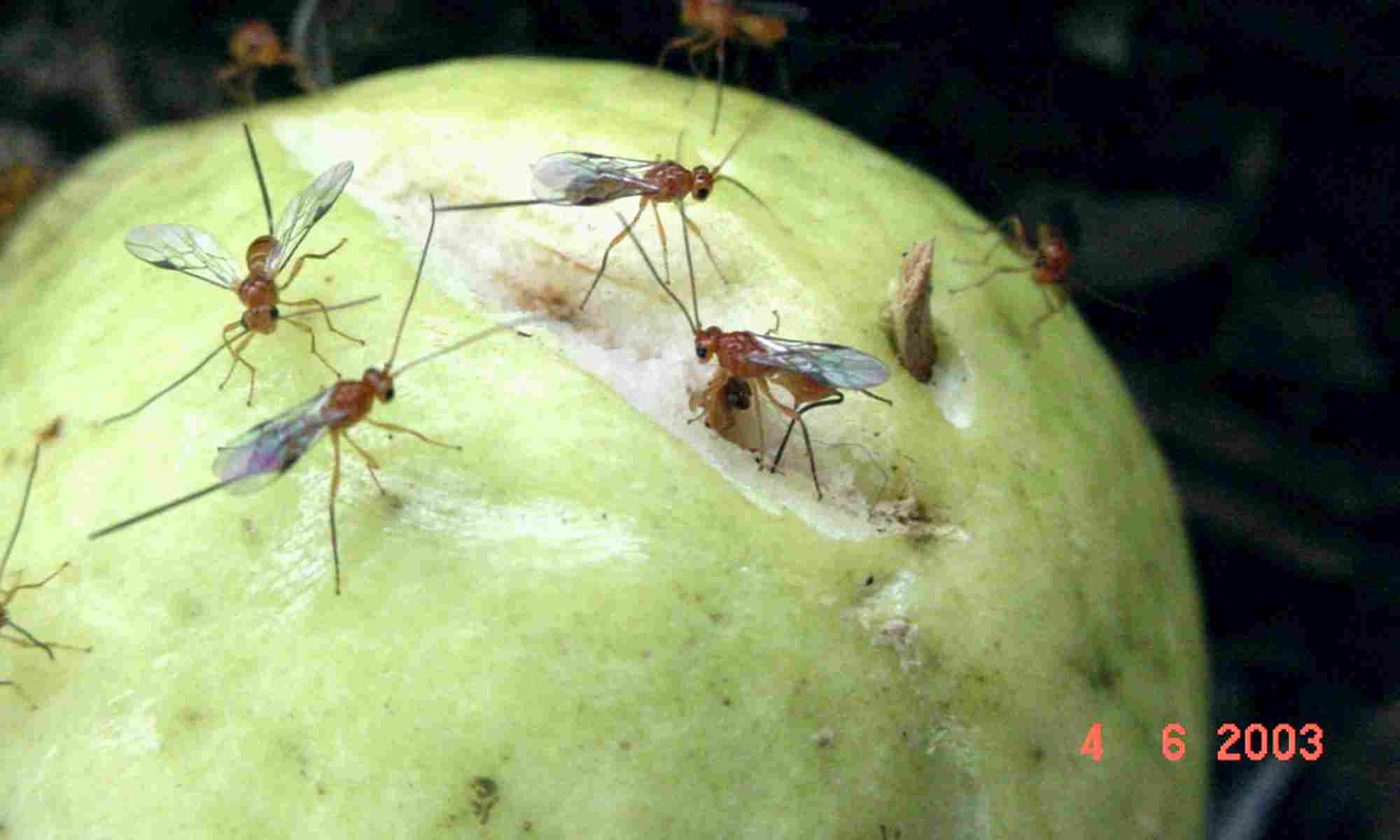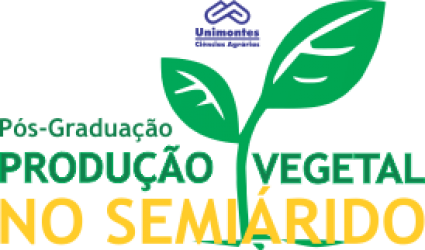- Version
- Download 13
- Tamanho do Arquivo 1.10 MB
- Data de Criação 16/06/2021
- Download
SANTOS, Edson Fagne dos. Disponibilidade de água no solo para o feijoeiro-comum irrigado por gotejamento. 2018. 65 p. Dissertação (Mestrado em Produção Vegetal no Semiárido) – Universidade Estadual de Montes Claros, Janaúba, 2018.
Objetivou-se definir a disponibilidade de água no solo que proporciona o máximo crescimento, produtividade de grãos bem como o mínimo índice de estresse hídrico do feijoeiro-comum, irrigado por gotejamento, no semiárido mineiro. Os tratamentos foram arranjados em esquema de parcelas subdivididas. As parcelas foram constituídas por cinco fatores de disponibilidade de água no solo (f 1 = 0,20; f 2 = 0,35; f 3 = 0,50; f 4 = 0,65; f 5 = 0,80) e as subparcelas foram compostas pelas cultivares de feijoeiro comum BRS Pérola e BRS Estilo. O delineamento experimental utilizado foi em blocos casualizados, com quatro repetições. A diferenciação dos tratamentos ocorreu quando as plantas estavam no estádio V4. As variáveis avaliadas durante as fases de crescimento do feijoeiro foram: diâmetro do caule, altura de plantas, diâmetro transversal, número de folhas, teor relativo de clorofila, índice de área foliar (IAF) e o índice de estresse hídrico da cultura (IEHC). Por ocasião da colheita, foi determinado o estande final de plantas, número de grãos por vagem, número de vagem por planta, a massa de 100 grãos, rendimento de grãos e eficiência no uso da água (EUA). Os dados obtidos foram submetidos à análise de variância, sendo feito o desdobramento das interações significativas a até 5% de significância pelo do teste F. A fonte de variação quantitativa foi submetida à análise de regressão ao nível de 5% de significância, com teste t para os parâmetros, até 5% de significância. A fonte de variação qualitativa foi comparada pelo teste F, ao nível de 5% de significância através do programa estatístico SISVAR. O crescimento do feijoeiro comum é pouco influenciado pelas lâminas de reposição até o fator f de 0,39, a partir do qual há redução severa do seu desempenho. O IEHC é condizente com a condição de água no solo, elevando-se com a redução do limite de água disponível no solo (aumento do fator f). Os componentes de rendimento apresentam melhores desempenhos nos fatores f entre 0,30 e 0,38, com obtenção da maior EUA no f de 0,32, em que a irrigação seria realizada sempre que a disponibilidade de água no solo fosse reduzida em 32% em relação à capacidade de campo. A cultivar BRS Estilo apresenta-se como mais tolerante ao déficit de água no solo, por ser mais produtiva em relação à BRS Pérola, nas condições do desenvolvimento do trabalho.
Palavras-chave: Phaseolus vulgaris L., eficiência no uso da água, gotejamento, índice de estresse hídrico, irrigação.
Soil water availability for common bean irrigated by drip irrigation
The objective of this study was to define water availability that provides the maximum growth, yield of grains as well as the minimum water stress index of common bean, by drip irrigation, in the semi-arid state of Minas Gerais. The treatments were arranged in subdivided plots. The plots consisted of five soil water availability factors. The experimental design was a randomized block, with four replications, and the treatments were arranged in a subdivided plot.The plots consisted of five soil water availability (f 1 = 0.20, f 2 = 0.35, f 3 = 0.50, f 4 = 0.65, f 5 = 0.80) and the subplots were composed of the common bean cultivars BRS Pérola and BRS Estilo. The experimental design was a randomized block design, with four replications. The differentiation of treatments occurred when the plants were in the V4 stage. The variables evaluated during the bean growth stages were: stem diameter, plant height, transverse diameter, number of leaves, relative chlorophyll content, leaf area index (LAI) and crop stress water index (CSWI). The final plant stand, number of grains per pod, number of pods per plant, 100 grain mass, grain yield and water use efficiency were determined at the time of harvest. The data were submitted to analysis of variance, and significant interactions were performed up to 5% of significance by the F test. The source of the quantitative variation was submitted to regression analysis at the 5% level of significance, with t test for the parameters, up to 5% of significance. The source of qualitative variation was compared by the F test, at the 5% significance level through the SISVAR statistical program. The common bean growth is slightly influenced by the factor f of 0.39, from which there is a severe reduction of its performance. The CSWI is consistent with the soil water condition, increasing with the reduction of the available water limit in the soil (increase of factor f). The yield components showed better performances in the factors f between 0.30 and 0.38, with the highest WUE in the f of 0.32, where irrigation would be performed whenever soil water availability was reduced by 32% in relation to field capacity. The cultivar BRS Estilo presents itself as more tolerant to soil water deficit, because it is more productive in relation to BRS Pérola, under the conditions of the development of the work.
Keywords: Phaseolus vulgaris L., water use efficiency, drip irrigation, crop stress water index.

